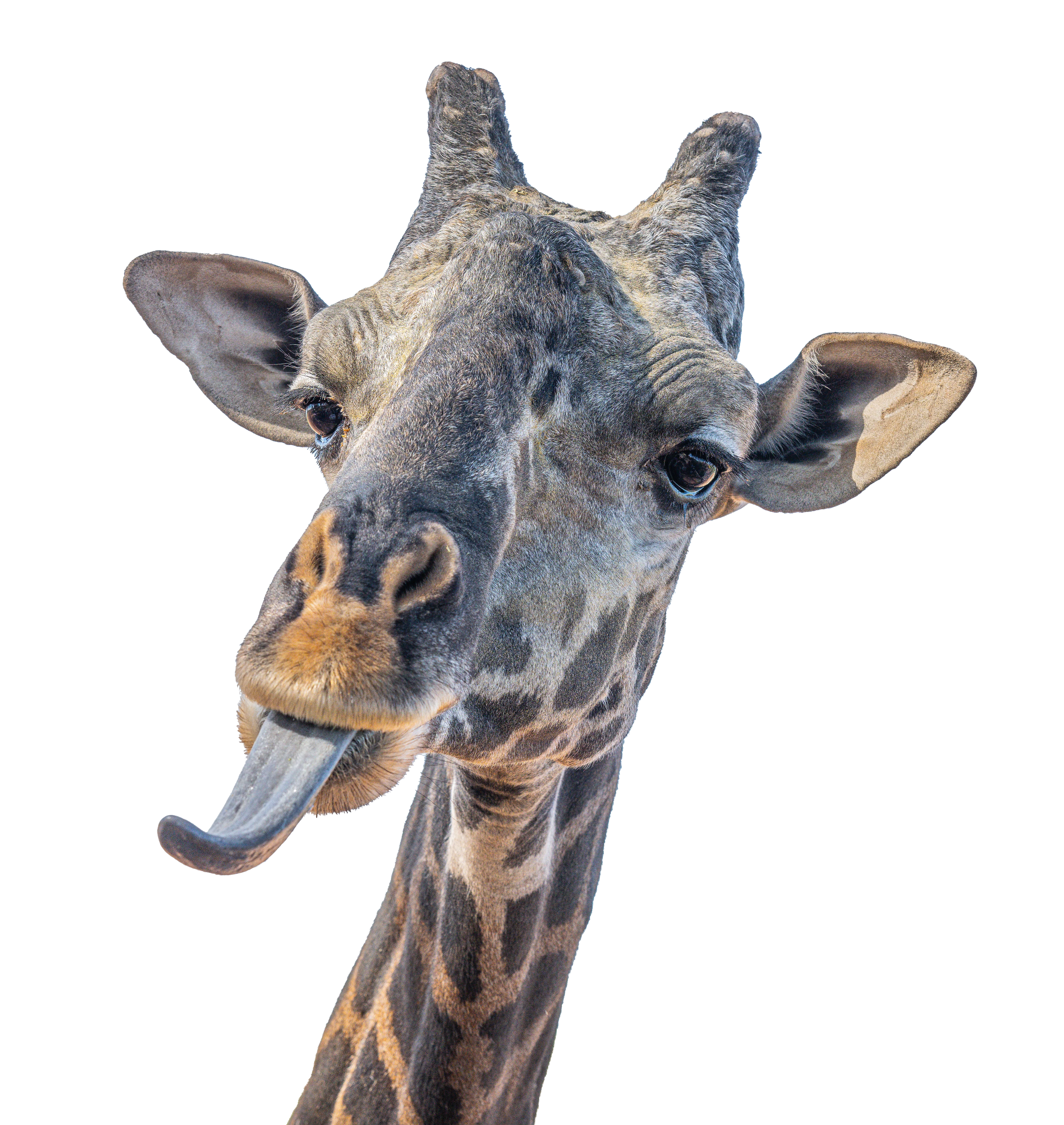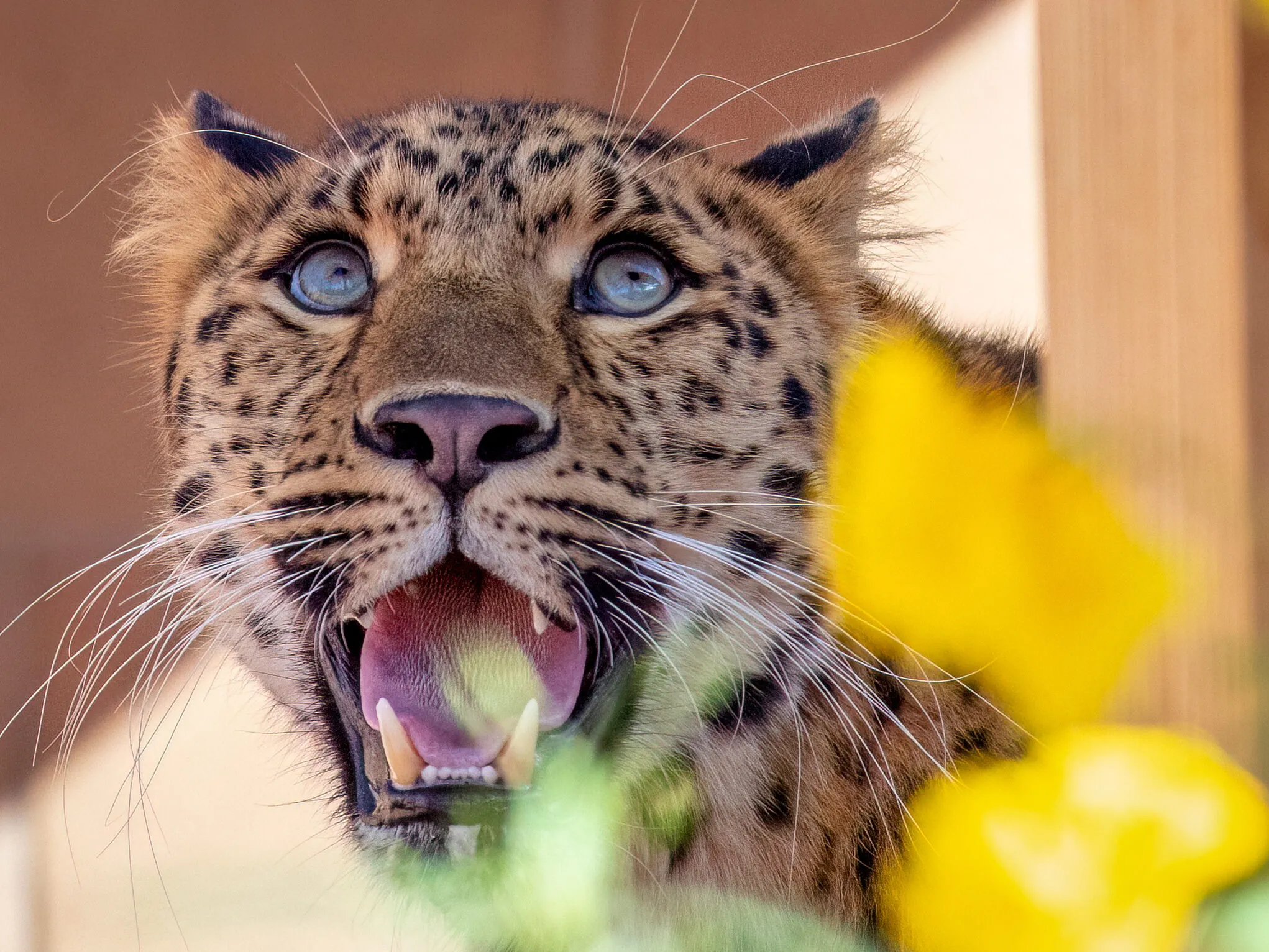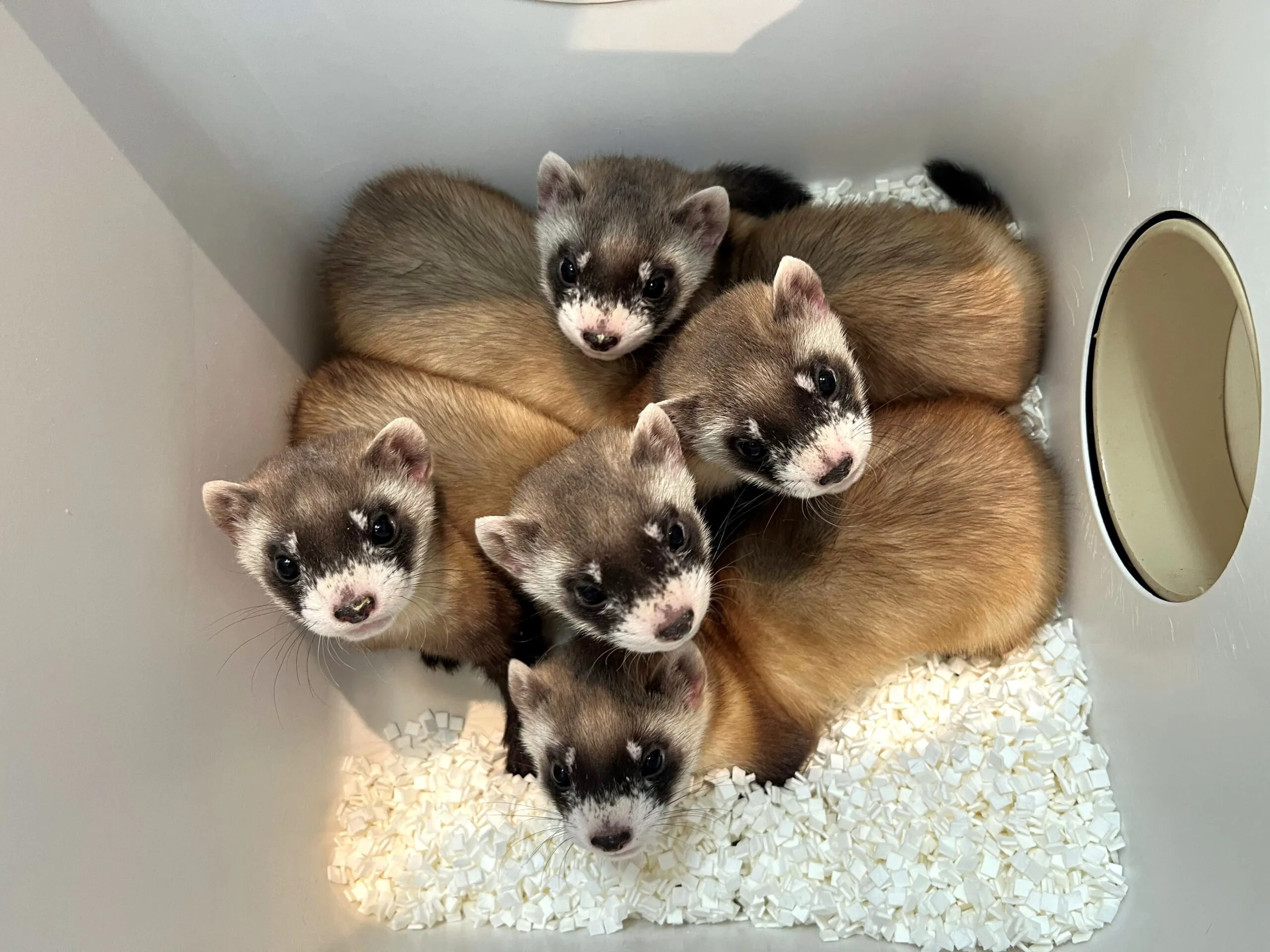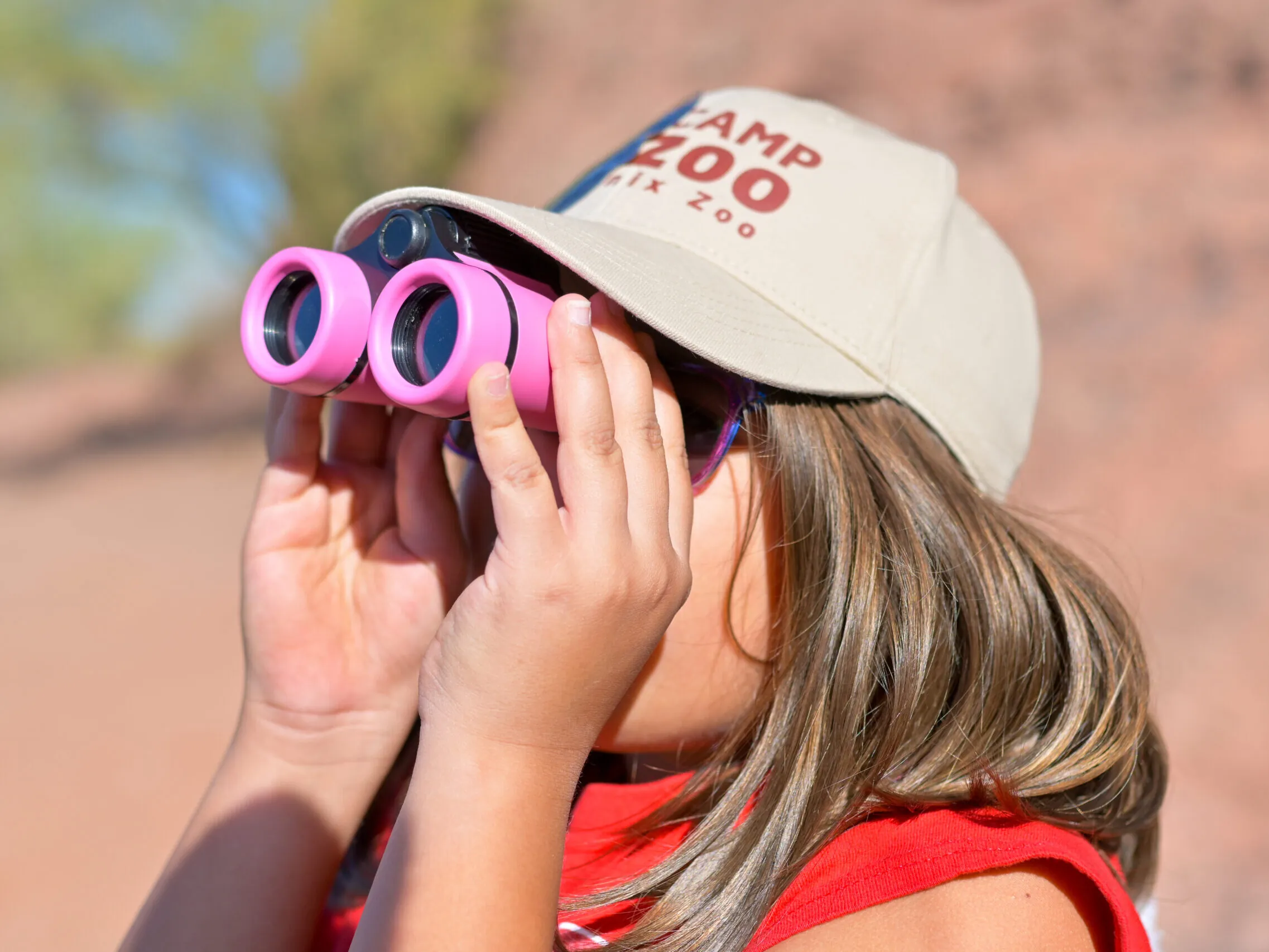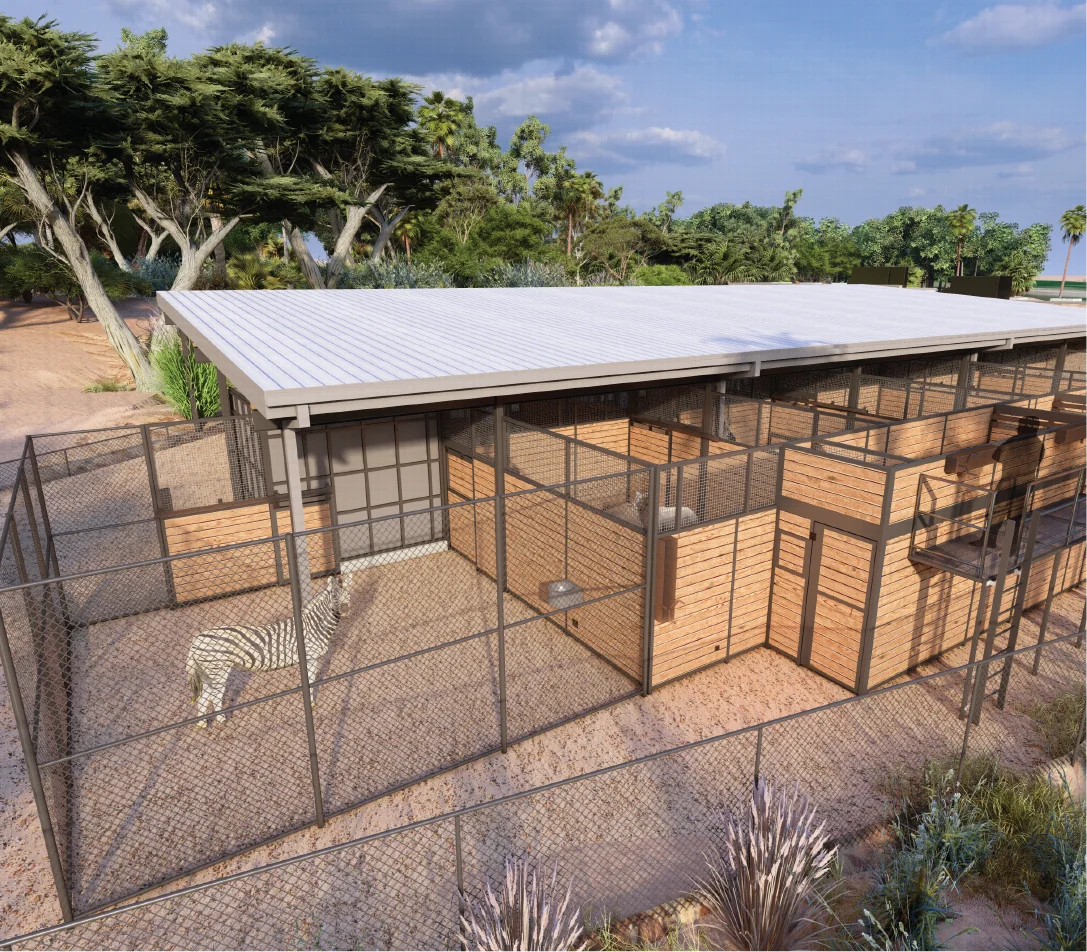Field Conservation Research
Have you ever wanted to have a window into the wild?
The Phoenix Zoo’s Field Conservation Research Department is designed to tackle questions aiming to better understand and protect wild spaces and the animals that depend on them. We use non-invasive technology like wildlife cameras, acoustic recorders, real-time detection devices for gunshots and acoustic species, environmental DNA, drones and computer analyses to study animals and their habitat. Ultimately, we are studying the spaces that are essential for our animals here at the Phoenix Zoo to survive in the wild. We work across the world from Costa Rica and Mexico to our very own backyard in Arizona to support community efforts to protect wildlife and to ensure a future where humans and wildlife coexist.
OUR PROJECTS
Jaguar Corridor: Habitat Connectivity
Members of our team have worked in southern Costa Rica for 20 years to understand wildlife and their habitat needs. Building on this knowledge, we have taken all that we have learned to reconnect jaguar habitat by focusing on habitat restoration, community education programs, strategic species monitoring (using both wildlife cameras and wildlife acoustic recorders) and creating a jaguar-friendly economy to help support conservation efforts and reduce human-wildlife conflict. Major support for this work has come from the US Fish and Wildlife Service and The Arthur L. and Elaine V. Johnson Foundation.
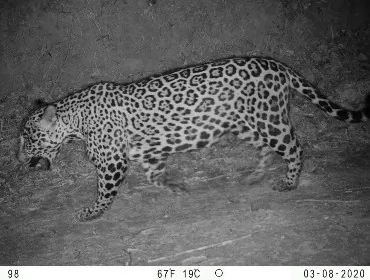
Anti-poaching & Acoustic Species Detection
Poaching is a major threat to wildlife around the world, moving thousands of species closer to extinction. To help face this threat, we have created a network of autonomous gunshot detection devices to identify and report the exact location of poachers and send that information to park and community officials in and around protected areas. Our system is currently being tested in Costa Rica. In addition to detecting gunshots, we are working to expand the system so it can be used to remotely monitor wildlife by recognizing other unique sounds, including calls from species of conservation concern.
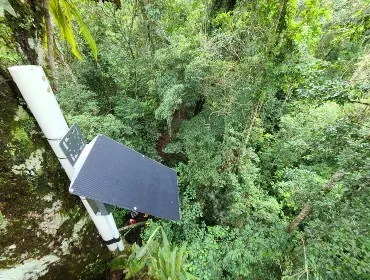
US-Mexico Borderlands: Atascosa Complex
Landscape connectivity and species’ ability to move safely across large areas and/or when resources (like surface water) are limited are of great importance to the success of wild animals. We have monitored mammal communities in the US-Mexico borderlands since 2014 and are currently working in the Atascosa Complex to understand more about how species such as jaguar and ocelot are moving through the region, and how they are impacted by border infrastructure and other changes in the environment.
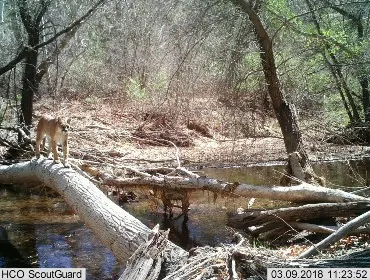
PHOENIX ZOO CONSERVATION
Plan your visit today!
The Phoenix Zoo is one of the largest non-profit zoos in the U.S., caring for over 3,000 animals, with nearly 400 species represented, including many threatened/endangered species.
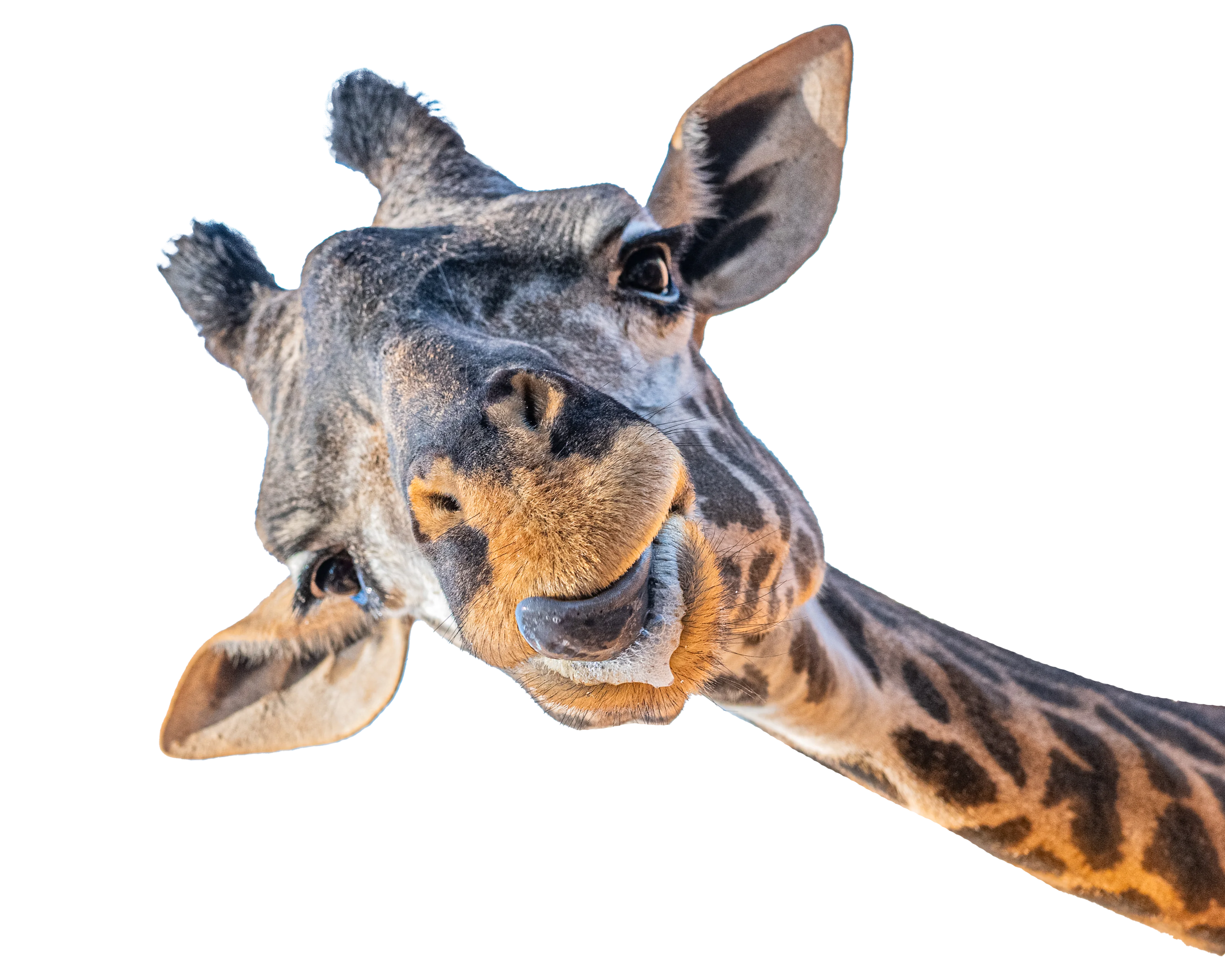
Plan your visit today!
The Phoenix Zoo is one of the largest non-profit zoos in the U.S., caring for over 3,000 animals, with nearly 400 species represented, including many threatened/endangered species.
